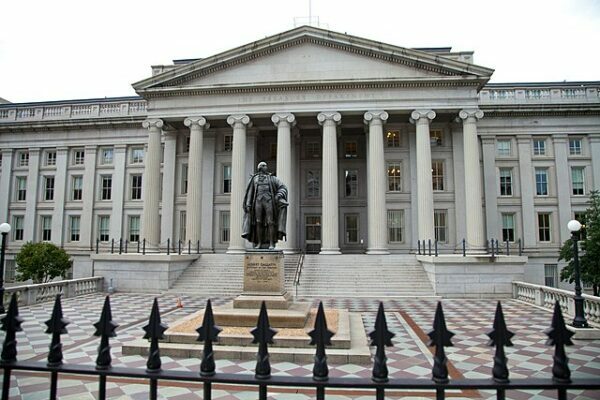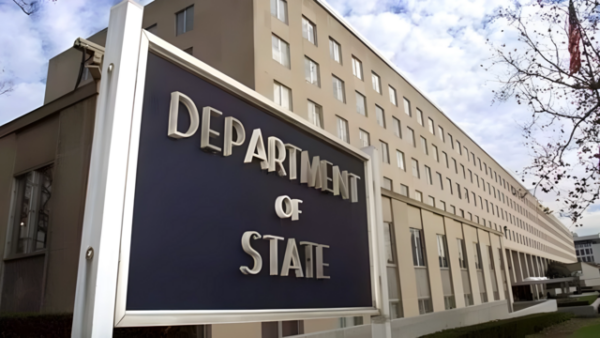In a stark reversal of decades-long confidence, Moody’s Investors Service has downgraded the U.S. government’s sovereign credit rating from Aaa to Aa1, citing persistent fiscal indiscipline and unsustainable debt growth. The decision—announced late Friday—aligns Moody’s with Standard & Poor’s and Fitch Ratings, both of which stripped the U.S. of its top-tier rating in prior years.
At the heart of the downgrade: ballooning deficits, surging interest costs, and a lack of political will to arrest either. “Successive U.S. administrations and Congress have failed to agree on measures to reverse the trend of large annual fiscal deficits and growing interest costs,” the report from Moody’s said. “We do not believe that material multiyear reductions in mandatory spending and deficits will result from current fiscal proposals under consideration.”
Markets responded immediately. The yield on the 10-year Treasury rose to 4.48% in after-hours trading, while major bond and equity ETFs fell. The iShares 20+ Year Treasury Bond ETF dropped 1%, and the S&P 500 ETF shed 0.4%.
The downgrade reflects deeper structural imbalances, explained CNBC. The U.S. recorded a $1.05 trillion budget deficit in the first months of the fiscal year beginning October 1—a 13% increase over the prior year. Extending the Trump-era 2017 tax cuts, as many in Congress now propose, could widen the deficit by another $4 trillion over the next decade. By 2035, Moody’s projects the federal shortfall will reach nearly 9% of GDP, up from 6.4% in 2024. Federal debt is expected to swell from 98% of GDP to 134% over that same horizon.
Fiscal deficit, in simple terms, occurs when the federal government spends more than it collects in revenue—creating a shortfall that must be financed through borrowing. As interest payments on existing debt compound, the government must allocate more of each year’s budget to servicing past obligations, leaving less room for defense, infrastructure, or entitlements.
The political backdrop has only heightened Moody’s concerns. Republicans in the House recently rejected a tax package that would have extended President Trump’s economic agenda, deepening uncertainty over whether any long-term fiscal deal is politically achievable.
“The growing pile of debt that needs constant refinancing, coupled with reduced foreign demand for Treasurys, is a persistent issue,” warned Peter Boockvar, chief investment officer at Bleakley Financial Group.
Moody’s had maintained a top rating on U.S. debt since first issuing formal sovereign assessments in 1993 and had used a top-tier “country ceiling” score since 1949. While the downgrade still leaves the U.S. with the second-highest rating available, it signals a broader erosion of market confidence in Washington’s fiscal management—and highlights the growing cost of inaction on the big ticket items like Social Security and Medicare.
[Read More: Comey Facing Backlash For Threat Against Trump]











Bogus Data used
Rigged numbers